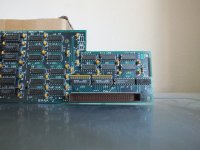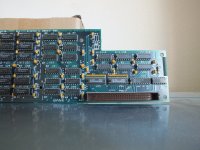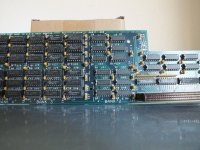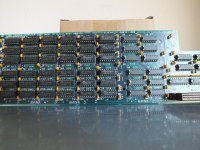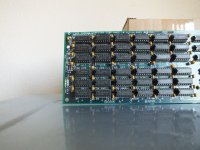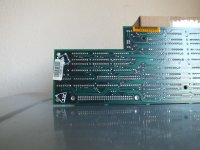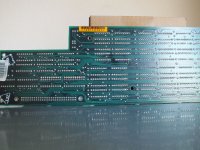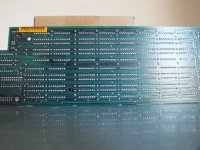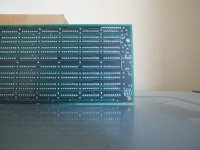silvervest
Member
Hey @btb finally catching up on some things and I saw your comment on my CP3 vid, just checking in here to put my support behind it all! Amazing to see some photos of an original unit, esp considering how basically non existent info is about them.. probably the first photos of one on online!
I'm very much on board with whatever help you need, great progress so far. I could take that and reproduce it in Kicad etc if need be, or alternately happy to test if you're already way ahead of me. Just let me know!
I'm very much on board with whatever help you need, great progress so far. I could take that and reproduce it in Kicad etc if need be, or alternately happy to test if you're already way ahead of me. Just let me know!


